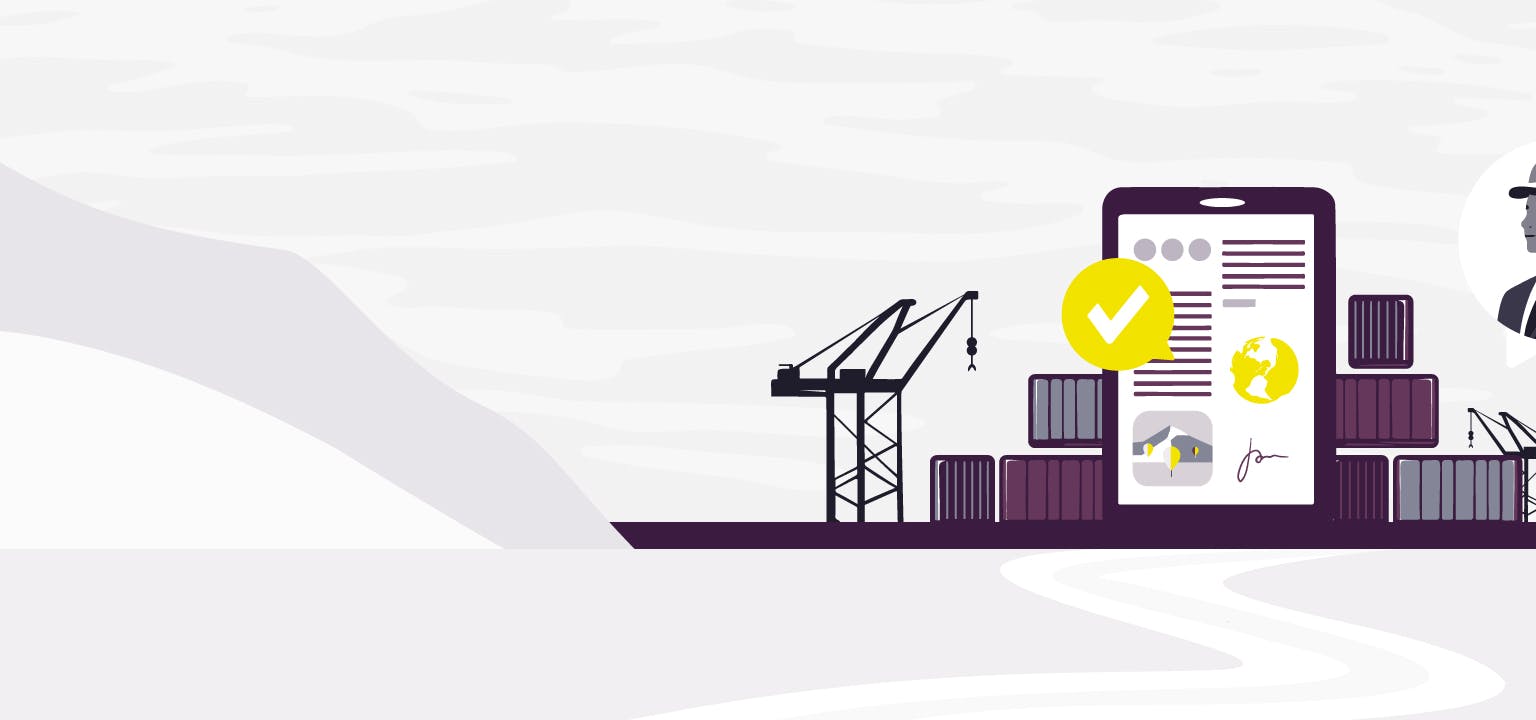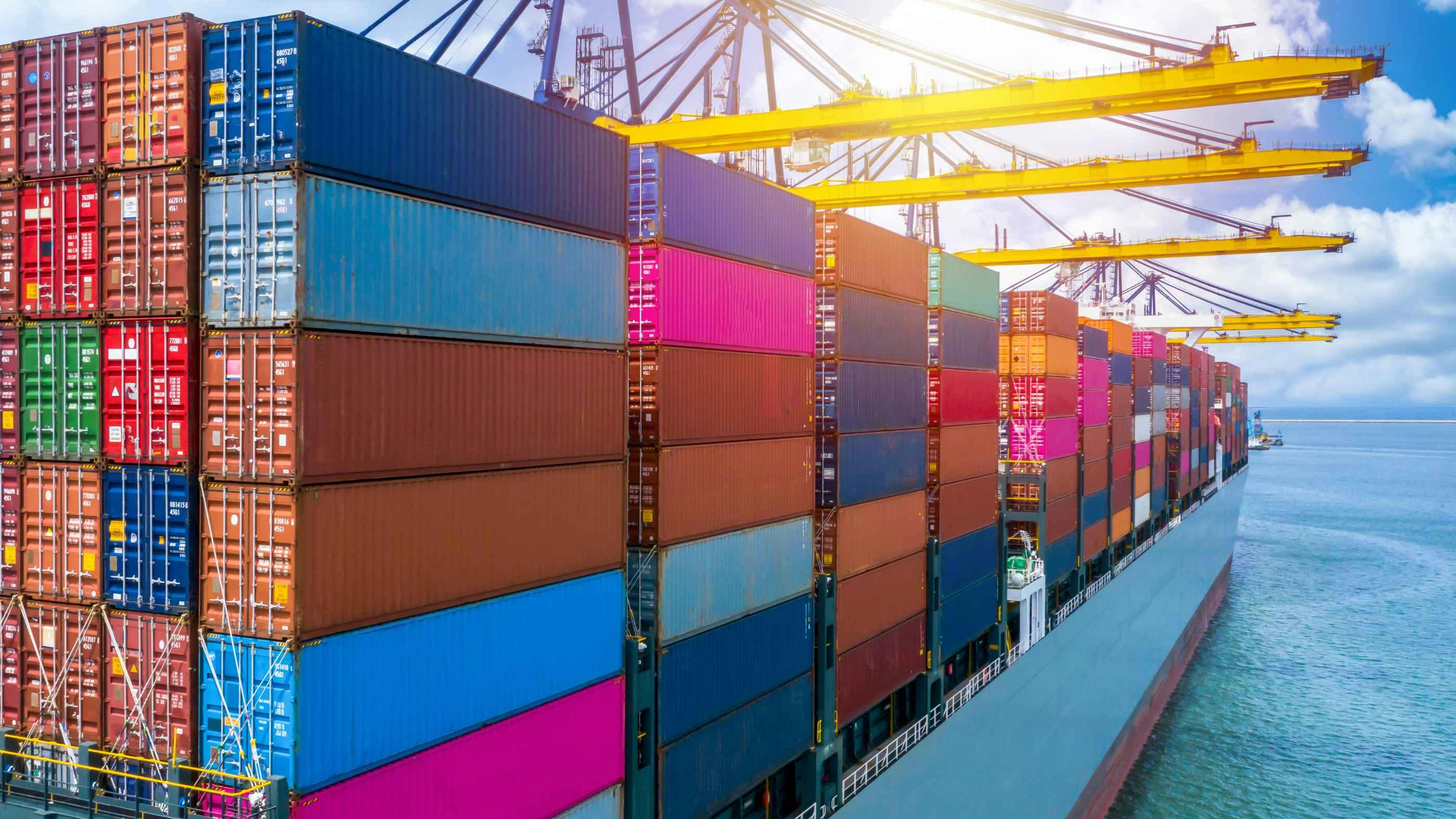Adoption Guide
Booking and Bill of Lading standards


Introduction
With this guide we aim to support your organisation in adopting the DCSA Booking and Bill of Lading standards to improve efficiency and communication in your shipping documentation process, using universally adoptable and interoperable IT solutions. Organisations looking to accelerate the adoption of any of our standards should consider joining the DCSA+ partnership programme
DCSA+ enables partners to connect with key stakeholders across the container shipping value chain, including cargo owners, feeders, freight forwarders, technology providers, and terminals to exchange insights and explore collaborative opportunities, accelerate the implementation of standards with expert guidance from DCSA’s team, and actively contribute to the development of future digital standards.
Together with our member carriers, DCSA creates vendor-neutral standards for IT and non-competitive business practices. By working towards the widespread adoption of these standards, our aim is to move the industry forward in terms of customer experience, efficiency, collaboration, innovation and respect for the environment. The time-consuming and manual nature of the Booking and Bill of Lading processes make them a high priority on the digitalisation agenda of industry participants.
It is important to note that the Booking and Bill of Lading standards apply to both original Bills of Lading (BL) and Seaway Bills (SWB). The original electronic Bill of Lading (eBL) is not issued directly by the carriers, but via IGP&I-approved eBL solution providers vs. Seaway Bill issued directly by the carriers.
100% eBL commitment
In February 2023, DCSA member carriers committed to 100% adoption of eBL by 2030. Member CEOs have publicly expressed their support for the commitment. This is a meaningful step towards removing trade friction, improving the customer experience and increasing the sustainability of container shipping.Echoing the above initiative, in September 2023 the FIT Alliance, consisting of DCSA, the Baltic and International Maritime Council (BIMCO), the International Federation of Freight Forwarders Associations (FIATA), the International Chamber of Commerce (ICC), and the Society for Worldwide Interbank Financial Telecommunications (Swift), launched the Declaration of the electronic Bill of Lading (eBL) to secure commitment from all stakeholders in international trade to collaborate on driving digitalisation, starting with eBLs, within their industries. To date, more than 240 companies have signed the FIT Alliance eBL Declaration. In November 2024, global leaders of the Asia Pacific Economic Cooperation (APEC) economies, covering more than 60% of global trade, have signed a declaration which includes a commitment to enable and promote the use of the eBL to enhance supply chain connectivity. As a follow up to the declaration, the APEC economies will work towards aligning their legal frameworks, including with the UNCITRAL Model Law on Electronic Transferable Records (MLETR), and improve trade facilitation through the use of digitalisation, automation, and international standards, while strengthening border agency cooperation.Benefits
The widespread adoption of eBLs will make international trade more efficient, sustainable and less susceptible to illegal activity or fraud. A McKinsey study estimates that if eBLs achieved 100% adoption in the container sector, it could unlock $18bn in gains for the trade ecosystem through lower costs, faster document handling and reduced human error (among other improvements) plus $30-40 billion in global trade growth by reducing trade friction. It could also significantly reduce carbon emissions by eliminating paper. According to McKinsey, a universal eBL for the container trade could:Industry readiness
The industry is ready for fast eBL adoption. A recent survey on electronic Bills of Lading (eBL) conducted by the FIT Alliance in December 2024, in partnership with the HKUST Li & Fung Supply Chain Institute and the Boston Consulting Group (BCG), shows a steady rise in eBL adoption and underlines the importance of stakeholder collaboration in driving further progress. In the two years since the first eBL survey was undertaken in summer 2022, the proportion of users adopting eBL has risen steadily. The share of dual-format users (those using both paper and electronic Bills of Lading) has surged from 28% in 2022 to 42% in 2024. As a result, the overall adoption rate - encompassing users of eBLs exclusively or alongside paper BLs - has risen from 33% to 49%. In other words, nearly half of respondents now incorporate eBLs in some capacity, and 75% of paper-only users plan to transition to eBLs, up from 58% in 2022.The current state of eBL adoption
Despite the industry wide benefits of eBL adoption, barriers for achieving 100% eBL remain and not all barriers can be addressed by the industry itself. Notably, uncertainty still remains regarding recognition of the eBL, including its function as a document of title and the rights it provides its users. This uncertainty, paired with regulatory challenges, has so far caused market uptake of the eBL to be relatively low (5,7% in January 2025). However, it should be noted that eBLs have been in use for roughly two decades already. This is made possible by many existing solutions which enable the use of an eBL using contractual arrangements, even in jurisdictions where the eBL is not officially recognised as such. Research conducted in 2024 by DCSA in collaboration with international law firm Baker McKenzie shows that the use of the eBL is possible in all surveyed legal jurisdictions of the 15 largest economies (including for example China, USA and Germany among others) which together account for 60% of global trade. However, different barriers in different areas are still in place, leading to uncertainty. The good news is that huge momentum in trade digitalisation is apparent in these jurisdictions, and a lot of existing barriers are being addressed, either through legal reform, regulatory changes or international initiatives being implemented. Therefore, DCSA urges stakeholders involved in trade not to wait for legal reform or for a certain barrier to be solved, but rather to join the eBL and trade digitalisation movement.Implementation Steps
These implementation steps apply to all versions of Booking and Bill of Lading standards published by DCSA. It is recommended to implement the latest versions of the standards as they provide wider scope and comply with the latest industry regulations. It is also worth noting that these are recommended implementation steps, your organisation should adjust the steps based on your own set up, business process and resources. For organisations that want to accelerate implementation, we offer support through our DCSA+ shipping programme that will allow you to:- Connect with key stakeholders to exchange insights and explore opportunities
- Accelerate your digital journey with expert support for implementing standards
- Contribute to future digital standards
Depending on your role, you may use different modules of the DCSA Booking and Bill of Lading standards to perform various steps in the shipping documentation process.
As the freight forwarder and transport solution provider are appointed by the shipper or cargo owner to act on their behalf or facilitate the booking and documentation process, the implementation steps for these audiences are the same. The following implementation steps apply:
As the freight forwarder and transport solution provider are appointed by the consignee to act on their behalf or facilitate the documentation process, the implementation steps for these audiences are the same.
A consignee must surrender the original Bill of Lading to the carrier for cargo release. The eBL transfer process facilitates the speed to receive the shipment by the consignee. The consignee places a surrender request to the carrier via their eBL solution provider. In addition, the consignee may be involved in the Bill of Lading issuance and amendment processes. The following implementation steps apply:
eBL solution providers supply the platform to transfer the electronic original Bills of Lading among all involved stakeholders (e.g. ocean carriers, shippers, consignees, freight forwarders, banks). DCSA has published two complementary standards to facilitate the end-to-end eBL transfer:
- The Issuance & Surrender modules of the Bill of Lading standard: A standardised integration between carriers and eBL solution providers for the issuance and surrender of the eBL.
- Platform Interoperability (PINT) standard: A standardised integration between eBL solution providers, to allow carriers, shippers, banks, freight forwarders and consignees to exchange the eBL across different eBL platforms.
The following implementation steps apply to both the Bill of Lading and Platform Interoperability standards:
Banks play a crucial role in trade financing, making them one of the main stakeholders in the transfer of electronic Bills of Lading. They rely on eBL solution providers to get access to the eBL and transfer it further. The following implementation steps apply:




